Foraging in Alley Pond Park (Woods) - May 14, 2000
Foraging in Alley Pond Park (Woods), Queens with "Wildman" Steve Brill.
1: Chickweed (with grass mixed in).
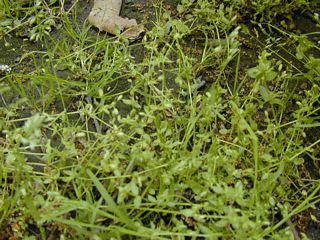
2: Poison Ivy (Wildman always points this out).

3: Common milkweed. Must have white hairs on stem (use magnifying glass). This has leaf torn off to show milk.

4: Wood sorrel in bloom. Tastes lemony.

5: Sassafras. Root can make tea. Dried leaves can make filé.

6: Wineberries (Asian raspberries).

7: Wineberries (closeup).
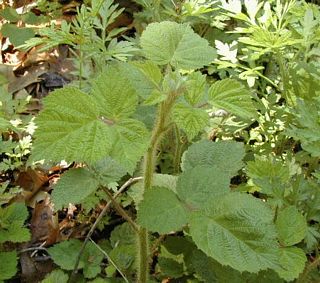
8: Poor man's pepper
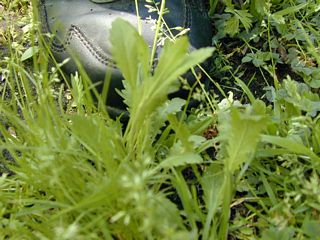
9: Garlic Mustard (second year).

10: Patch of poison ivy. It is all over this park!
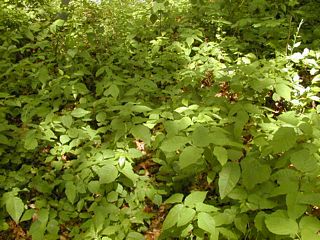
11: Common spice bush. For a tea must be fresh leaves.

12: Black birch
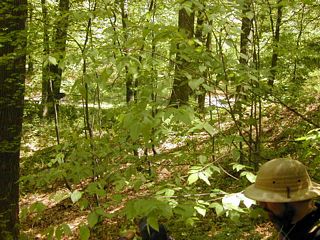
13: Wildman holding pokeweed and telling story of how it must be prepared so not to get sick. This is the best time of year for this.

14: Pokeweed closeup. Has last year's stems.

15: Someone found a frog.
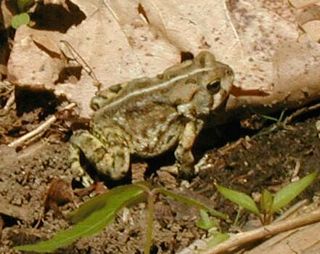
16: Blackberries
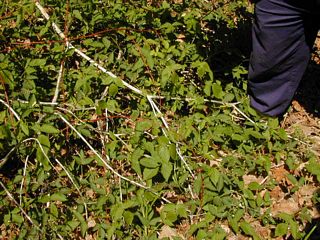
17: Dogbane. Poisonous. Looks like milkweed, but doesn't have white hairs on the stem.

18: Cattail. Lower stem in season now. Need to peal off outer leaves.
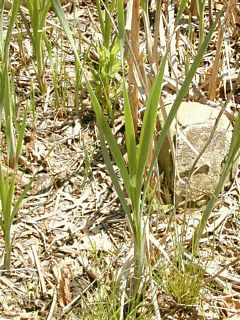
19: Cattails. Big patch of them.

20: Mugwort. All over the park.

21: Sweet gum. Smells like furniture polish.
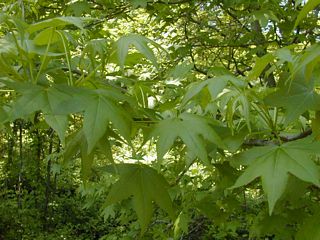
22: Mulberry tree

23: Pineapple weed. Found in the middle of playing field. Drys well.

24: Cleavers. They stick to you, as seen here. Good for urinary tract problems.

25: Cleavers. A field of them.
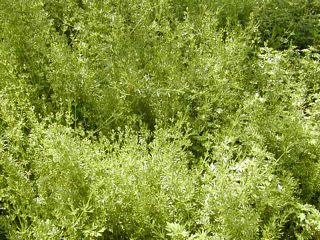
26: Greenbrier
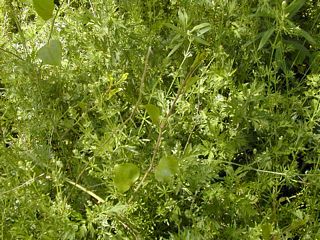
27: Star of Bethlehem. Poisonous.
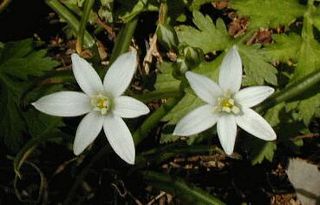
28: Mullein (surrounded by mugwort).
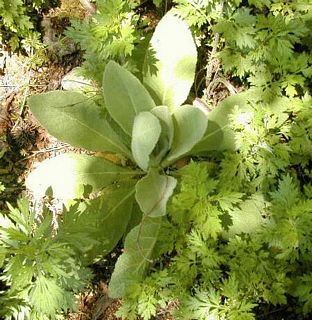
29: Lady bug
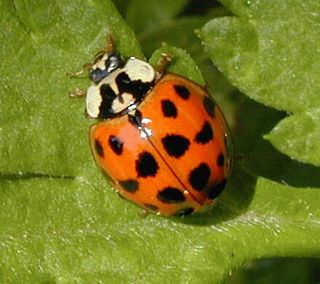
30: Black birch again
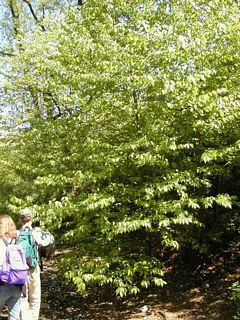
31: Burdock. Still okay in May.

32: Burdock root that someone dug out.

33: Thistle. Edible root, but now out of season.

34: Woodpecker. Downey? One of the tour participants was a bird watcher.

35: Field garlic. Leaves now tough, but bulbs good.
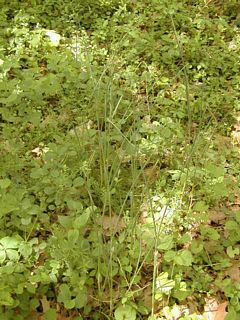
36: Garlic mustard flower

37: Blackberry flower

38: Jewel weed. Good for rubbing on poison ivy and mosquito bites. Root, leaves, stems.
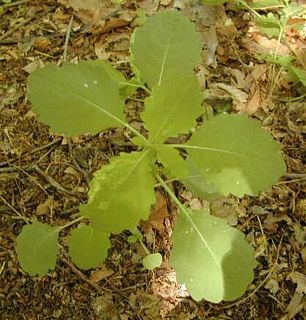
39: Hawk, immature
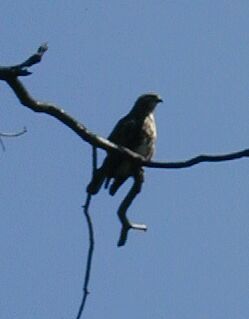
40: Grape vine. Leaves can be used for wraps this time of year.

41: Grape vine tendril

42: Purple flowering raspberry. Berries end of August to beginning of September.
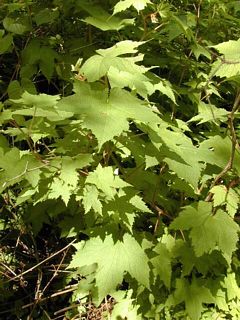
43: Morel mushroom. Must be cooked. Rare in East, common in Midwest.
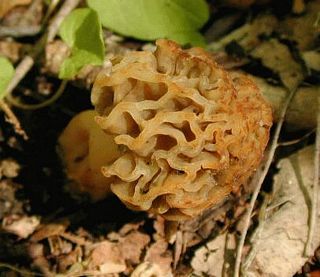
44: Mushrooms. Wildman not sure of type.

45: Small turkey tail mushrooms covering log.
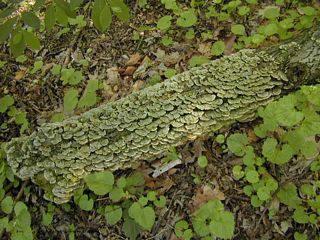
46: Chickweed. Fresher here and still with flowers.

47: Fawn mushroom. Bad tasting, but not poisonous.

48: Older fawn mushrooms. Past their prime.
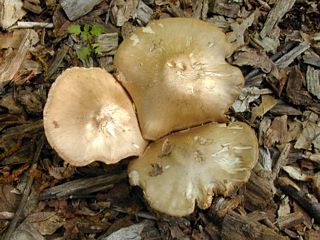
49: Collybia butyracea mushroom
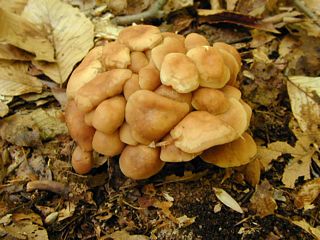
50: Mica cap mushrooms
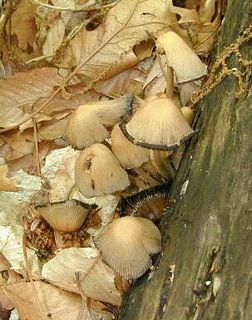
51: Honewart
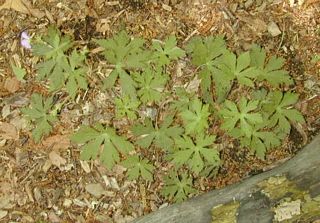
52: Hard agrocybe mushrooms
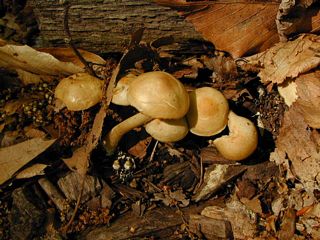
53: Wine cap mushroom, young.

54: Wine cap. Steve points out the cog wheel.
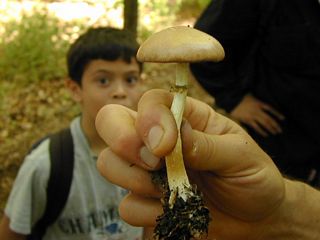
55: Wine caps. Past their prime.
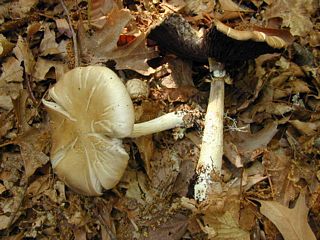
56: Wine cap.
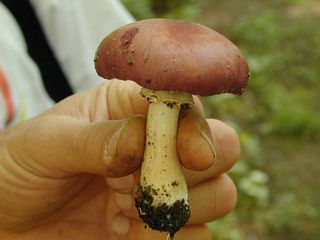
57: Wine cap.
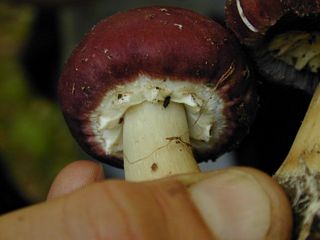
58: Ramp (wild leeks)
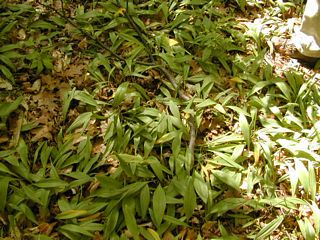
59: Ramp (wild leeks) closeup
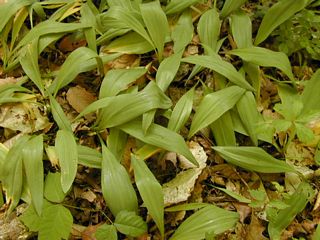
60: Blood root. Not edible, for teas.
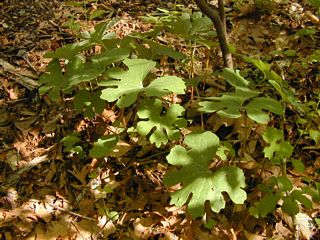
61: Bitter dock
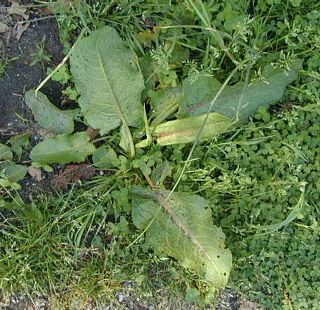
62: Violets
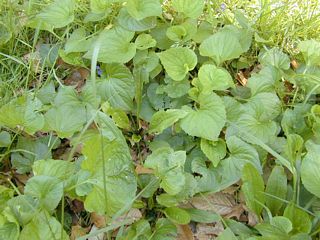
© Don Wiss 2000-2024. All rights reserved.



